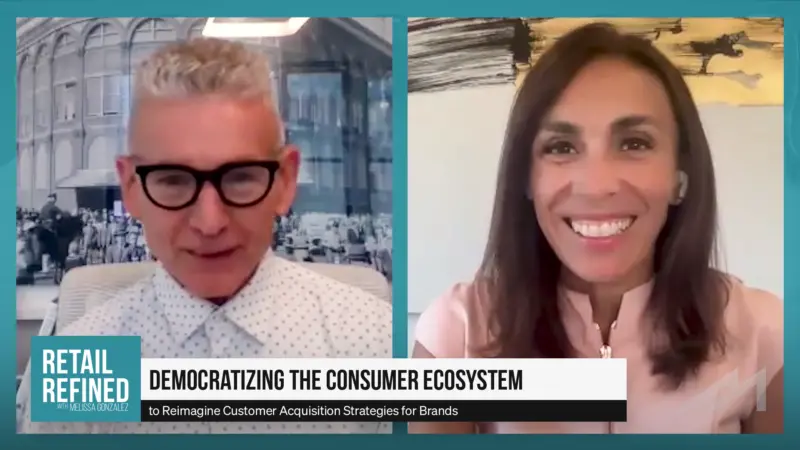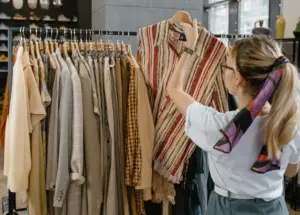Easy Returns Help Retain Customers. Instead of Charging Return Fees, Retailers Should Focus on Optimizing Reverse Logistics.
In 2022, returns cost the retail industry a whopping $816 billion in lost sales across the United States. This data, released by the National Retail Federation, highlighted the importance of optimizing reverse logistics — especially for fast fashion clothing retailers.
Recently, H&M announced a return fee for its UK customers — and then suddenly called off this strategy. Experts believe that the returns process plays a pivotal role in shaping customer experience and satisfaction in the ever-evolving e-commerce landscape. A streamlined and user-friendly returns system can foster loyalty, while a cumbersome one might drive customers away. For businesses, efficiently managing returns can streamline inventory and reduce emissions. This can include shipping returns to nearby outlets and even offering drop-off locations. Therefore, retailers must rethink their supply chains, optimizing reverse logistics to efficiently handle returns.
Dr. Joe Felan gives us a deeper understanding of the ever-evolving retail landscape and offers his strategies for optimizing reverse logistics. An Associate Professor at the University of Arkansas at Little Rock, Dr. Felan focuses his research around production and operations management.
Dr. Felan’s Thoughts
“So if I am the retailer, then I need to start looking at the design of my supply chain. So trucks or vans or whatever I’m using to go to the retail store, I need to also be looking at the ability to drop off items and pick up items to return wherever they need to be.
Well, I guess I would start by looking at it from the customer perspective. And I think if you look at it from the customer perspective, their expectation is that I’m going to be able to return an item. And I think that the expectation from the customer is that I’m going to be able to do that without an additional charge because there are many other retailers that are already doing that. Now, if you start talking about the subscription aspect, maybe I’m a member. Then again, from the customer perspective, I can see that as something that customers would not reject. If I am able to be a member of the organization or the club, then I’m allowed to do certain things. If we want to get those customers, I think that we have to at least meet the minimum expectation. And the minimum expectation is that I’m going to be able to return an item. So then I would have to look at it from the supply chain perspective. So if I am the retailer, then I need to start looking at the design of my supply chain. So trucks or vans or whatever I’m using to go to the retail store, I need to also be looking at the ability to drop off items and pick up items to return wherever they need to be. So what we would call reverse logistics. I need to start looking at the design of the process and how I’m going to get those items back to wherever that location needs to be. If it’s a warehouse, distribution center, where that central location is going to be.
One would be the store itself. So yes, the store layout. One thing I would need to think about is how many transactions are we talking about? If we’re talking about a large number of transactions, then maybe we do need to have a dedicated customer service location where they can come in and say, I’m taking these items back and I can get a return there. I don’t know about you, but I’ve had that experience at Whole Foods that they have one particular location where I can take in something and do my return. And they have someone set up to do that. So I could see the same thing in a retail store having a customer service window or one location where you can do the return. Now, bigger in the larger organization, yes, I think we need to think about if I have 10 or 15 or 20 stores, am I going to have a central distribution center slash warehouse where I return those items and then from there make the decision as to what is going to happen with those items from there? Are they resold? Do we create something online where we can resell those items? Then what is the next step once they’re returned?”
Article written by MarketScale.







